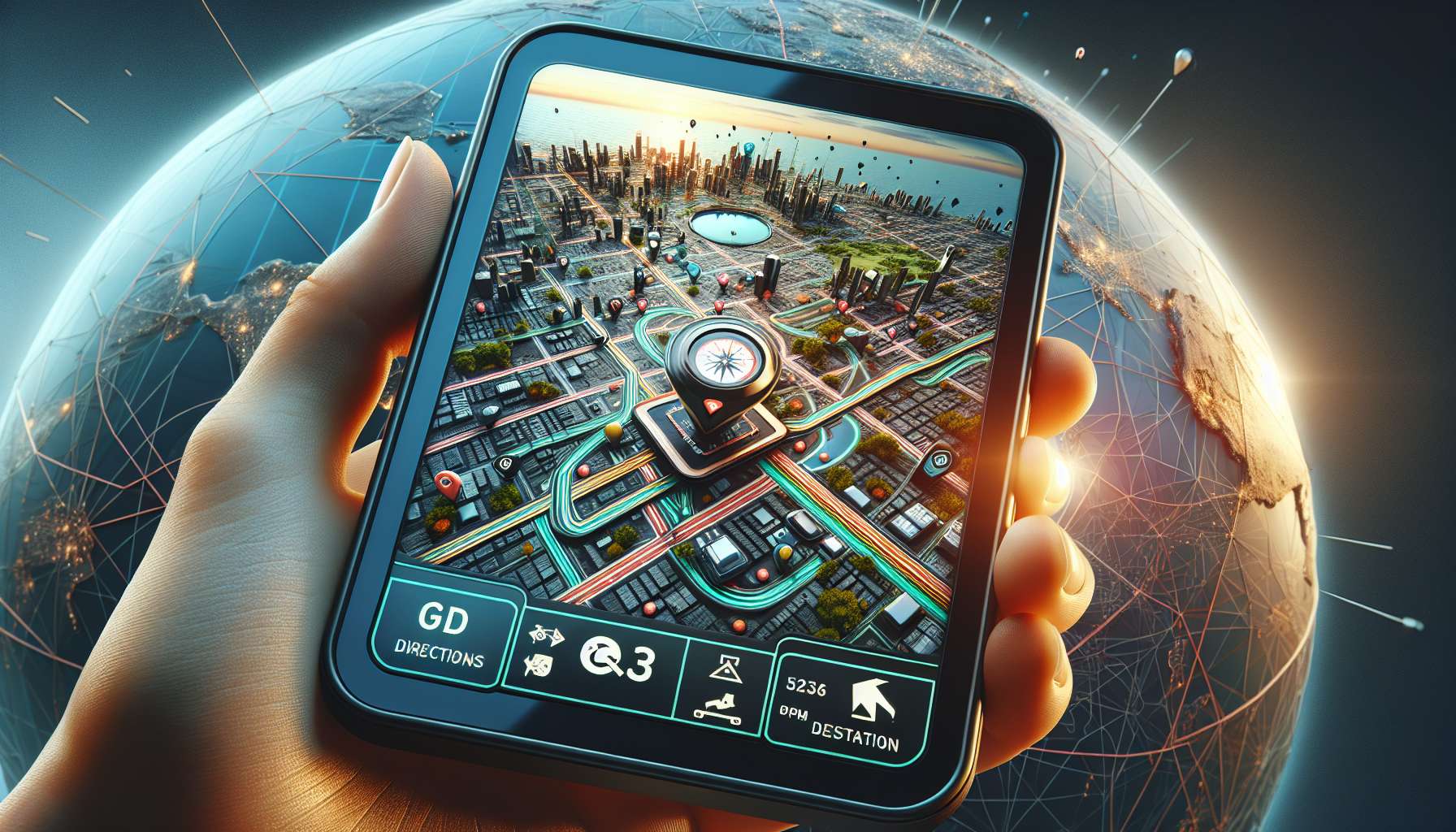The Ultimate Guide to GPS Navigation Devices
Welcome to the exciting world of GPS navigation devices, where technology meets travel to revolutionize the way we navigate our world. Whether you’re an avid traveler, a hiker exploring the great outdoors, or simply someone trying to find the shortest route to work, GPS navigation devices have become an indispensable tool in our daily lives. In this comprehensive guide, we will delve into the intricacies of GPS navigation devices, exploring their history, functionality, applications, and future developments. Buckle up and get ready for a thrilling ride through the fascinating world of GPS navigation!
The Evolution of GPS Navigation Devices
GPS, which stands for Global Positioning System, is a satellite-based navigation system that allows users to determine their exact location on Earth. The idea of GPS was first conceived in the early 1960s by the U.S. Department of Defense, with the first satellite being launched in 1978. However, it wasn’t until the 1990s that GPS navigation devices became commercially available to the public.
Early GPS devices were bulky, expensive, and had limited functionality. They were primarily used by the military, aviation industry, and maritime navigation. As technology advanced, GPS devices became smaller, more affordable, and more user-friendly, paving the way for their widespread adoption in various industries and everyday life.
Today, GPS navigation devices come in various forms, including standalone GPS units, smartphones with GPS capabilities, and built-in GPS systems in cars. These devices use a network of satellites to triangulate the user’s position and provide accurate navigation information, such as maps, directions, and points of interest.
The Functionality of GPS Navigation Devices
GPS navigation devices work by receiving signals from multiple satellites orbiting the Earth. These satellites transmit precise timing and location data to the GPS device, allowing it to calculate the user’s position based on the time it takes for the signals to reach the device. By triangulating signals from at least three satellites, the GPS device can determine the user’s latitude, longitude, and altitude.
In addition to determining the user’s position, GPS navigation devices can also provide a range of other useful information, such as:
- Turn-by-turn directions to a destination
- Estimated arrival time
- Alternate routes to avoid traffic or road closures
- Points of interest along the way, such as restaurants, gas stations, and attractions
- Real-time traffic updates
- Speed limits and alerts for speeding
GPS navigation devices are equipped with maps of roads, highways, and points of interest, which are stored either locally on the device or accessed through an internet connection. Some devices also offer voice-guided navigation, allowing users to keep their eyes on the road while following directions.
Applications of GPS Navigation Devices
The applications of GPS navigation devices are diverse and far-reaching, spanning across various industries and activities. Some common uses of GPS navigation devices include:
Automotive Navigation: GPS devices are commonly used in cars to provide drivers with accurate directions, real-time traffic updates, and voice-guided navigation. Many modern vehicles come equipped with built-in GPS systems that are seamlessly integrated with the car’s dashboard.
Outdoor Activities: GPS devices are essential tools for hikers, campers, and outdoor enthusiasts who need to navigate through wilderness areas or unfamiliar terrain. These devices can track the user’s location, set waypoints, and provide topographic maps to aid in navigation.
Maritime Navigation: GPS devices are widely used in maritime navigation to guide ships, boats, and other watercraft. These devices help sailors navigate through open waters, avoid hazards, and reach their destinations safely.
Aviation Navigation: GPS devices are integral to the aviation industry, providing pilots with accurate navigation information during flights. GPS navigation systems in airplanes help pilots navigate through airspace, land at airports, and follow designated flight paths.
Geocaching: Geocaching is a popular outdoor recreational activity where participants use GPS devices to hide and seek containers, called “geocaches” or “caches,” at specific locations marked by coordinates. Geocachers use GPS navigation to locate hidden caches and log their finds.
The Future of GPS Navigation Devices
The future of GPS navigation devices is filled with exciting possibilities, as technology continues to evolve and improve. Some emerging trends and developments in GPS navigation devices include:
Augmented Reality: Augmented reality technology is being integrated into GPS navigation devices to provide users with enhanced visual information. AR overlays digital data onto the real world, such as highlighting points of interest or displaying directions on the user’s smartphone screen.
Improved Accuracy: Advances in GPS technology are leading to increased accuracy in navigation devices, with some devices now capable of pinpointing the user’s location within a few centimeters. This high level of precision is particularly beneficial in industries such as agriculture, surveying, and construction.
Integration with IoT: GPS navigation devices are being integrated with the Internet of Things (IoT) to create smart navigation systems that can communicate with other devices and services. For example, GPS devices in cars can connect to smart home systems to adjust the thermostat or turn on the lights when the user is close to home.
Autonomous Vehicles: GPS navigation is a critical component of autonomous vehicles, which rely on precise location data to navigate roads, avoid collisions, and reach their destinations safely. As self-driving cars become more common, GPS technology will play a key role in their operation.
Expert Opinions
To gain further insights into the world of GPS navigation devices, we reached out to experts in the field for their opinions on the future of GPS technology.
Dr. Sarah Johnson, GPS Technology Specialist: “The advancements in GPS technology over the past few years have been truly remarkable. With the integration of augmented reality, improved accuracy, and IoT connectivity, GPS navigation devices are becoming smarter and more intuitive than ever before.”
John Smith, Autonomous Vehicle Engineer: “GPS technology is at the heart of autonomous vehicles, allowing them to navigate through complex road networks and make split-second decisions. As self-driving cars become more prevalent, the demand for highly accurate and reliable GPS systems will only continue to grow.”
Conclusion
To wrap things up, GPS navigation devices have revolutionized the way we navigate our world, providing us with accurate directions, real-time traffic updates, and a wealth of useful information at our fingertips. From automotive navigation to outdoor activities, maritime navigation to aviation, GPS devices have become indispensable tools in our daily lives.
As technology continues to advance, the future of GPS navigation devices looks bright, with exciting developments such as augmented reality, improved accuracy, IoT integration, and autonomous vehicles on the horizon. Whether you’re a seasoned traveler, an outdoor enthusiast, or a tech-savvy individual, GPS navigation devices offer a world of possibilities to explore and navigate with confidence.
So next time you embark on a journey, whether it’s a road trip across the country or a hike through the mountains, remember to bring along your trusty GPS navigation device to guide you on your way. Happy exploring!




